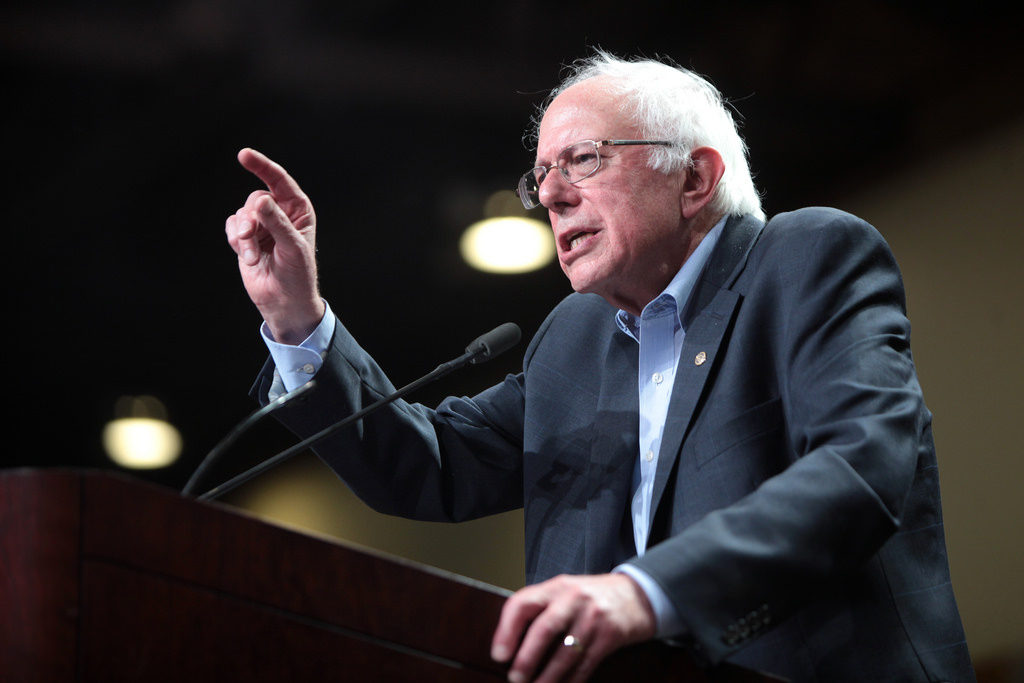
Sen. Bernie Sanders is still pushing to get his College for All Act signed into law despite dropping from the presidential race. A spokesperson for Sanders explains that he is “reaching out to the American people on this and through the grassroots [asking] to pressure their elected officials to make this a reality.”
The College for All Act involves making public colleges and universities tuition-free, stopping the federal government from making a profit on student loans, cutting interest rates and allowing better refinancing for students.
Sanders believes that because tuition was free a half century ago in public colleges and universities, it doesn’t make sense to be at the point we are at now. Part of the problem has to do with the states not providing adequate funding for their public colleges and universities. Sanders’ plan states that, “under the College for All Act, the federal government would cover 67 percent of this cost, while the states would be responsible for the remaining 33 percent of the cost.”
Sanders is struggling to pass this act while Democrats remain the minority in the Senate and Trump sits in the executive seat. Also, others in the Senate haven’t been very enthusiastic about making investments to ensure that students can go to school debt-free.
President-elect Donald Trump has said few words regarding the student debt crisis in the U.S. “Student debt is a tremendous problem in the United States … it’s one of the only places our country makes money … and that shouldn’t take place,” Trump said in a 22 second Twitter video response. Trump’s plan for student debt involves capping tuition repayment at 12.5 percent and providing loan forgiveness after 15 years of repaying.
Trump’s website has a bullet point where he states that he wants to “work with Congress on reforms to ensure universities are making a good faith effort to reduce the cost of college and student debt in exchange for the federal tax breaks and tax dollars.” This is the only point he has on his website regarding student debt.
Natalia Abrams, executive director and co-founder of studentdebtcrisis.org, said “… we have reached over $1.4 trillion in loan debt spread across 44 million people that we know of.” This is with a loan payment of $300-900 a month. “Student loan refinancing, especially for private loans, would be much more beneficial to the student borrower,” Abrams said. Trump states nothing in his plan about loan refinancing. He just simply states capping tuition repayment at 12.5 percent, which is currently at 10 percent, and allowing loan forgiveness after 15 years, which today is at 10 years.
Renee Pelletier, financial literacy and default management specialist at Stony Brook, said “It is a concern, and I think overall in general for students who have taken on significant levels of debt, it is going to have an impact on ultimately their quality of life when they leave school.” When asked, Hofstra University declined to comment on the topic of student debt.
While colleges and universities do try to help students reduce the cost of tuition, it doesn’t always take care of everything. The University of Florida (UF), a public university, strives to lower the costs for their students by “cover[ing] up to the full cost of attendance for the undergraduate education of about 300 incoming first-generation college students each year,” said Alisson Clark, senior writer at UF media relations. They also help students by having a scholarship program providing “scholarships based on high school academic achievement of up to $103 per credit hour,” Clark said. Close to 27,000 UF students receive the scholarship and almost 87 percent of their incoming in-state freshman receive the award.
Most loans are signed with agreeance to be paid back in 10 years but for most “it takes 15-20 years,” Abrams said. “Take out as little as you possibly need and exhaust all the federal aid you can.” Getting rid of the cost aspect of college would be a start to fixing financial stress and student debt.








